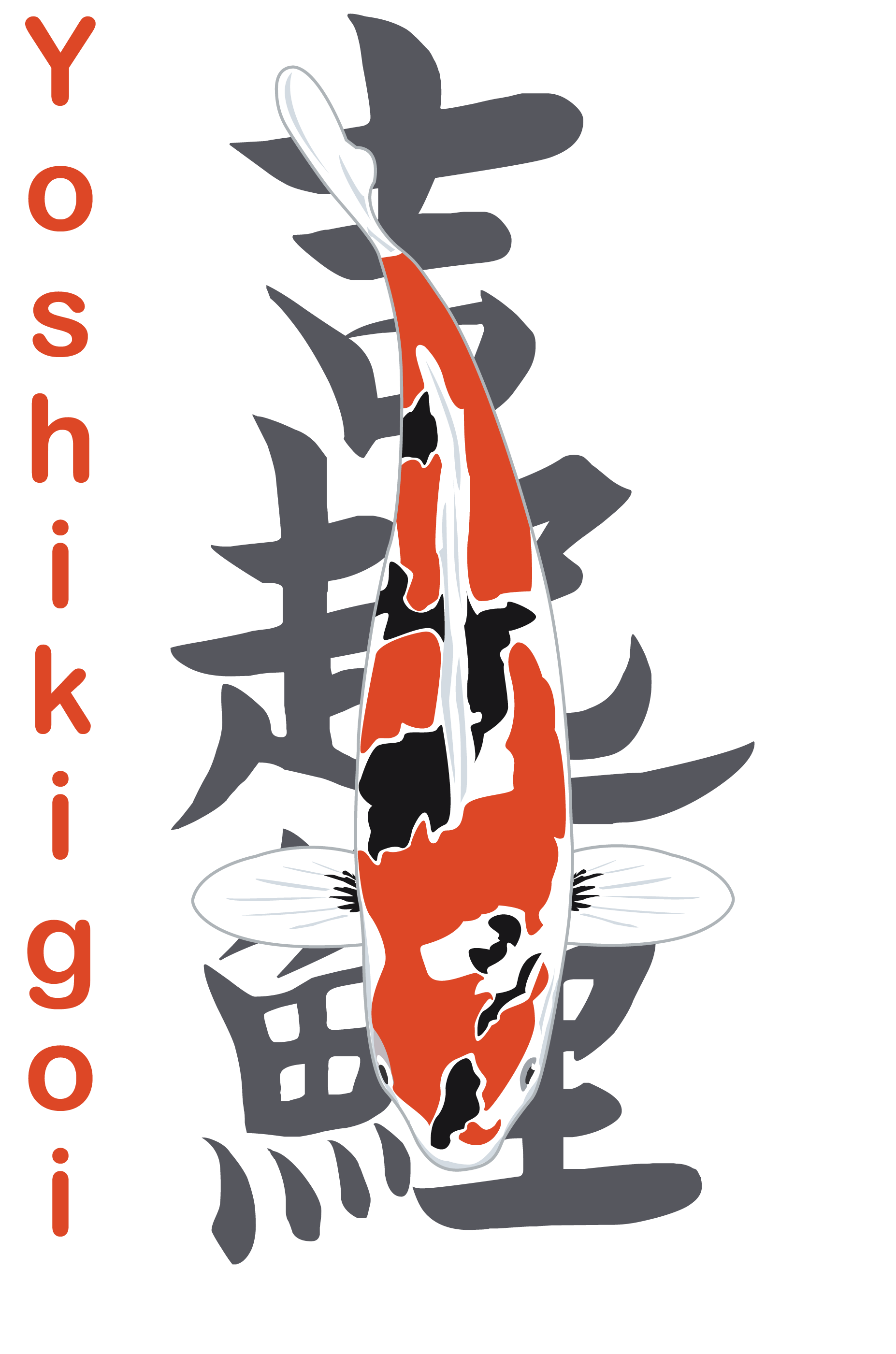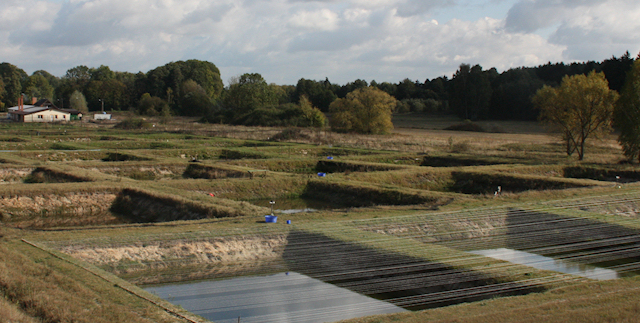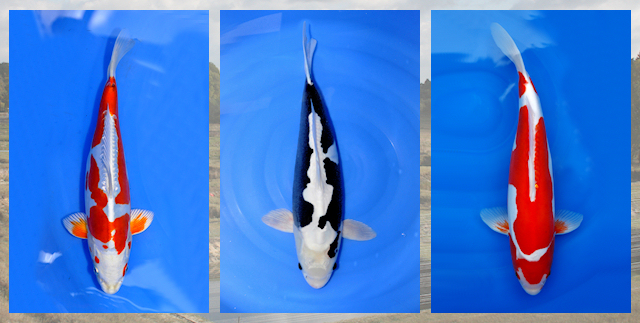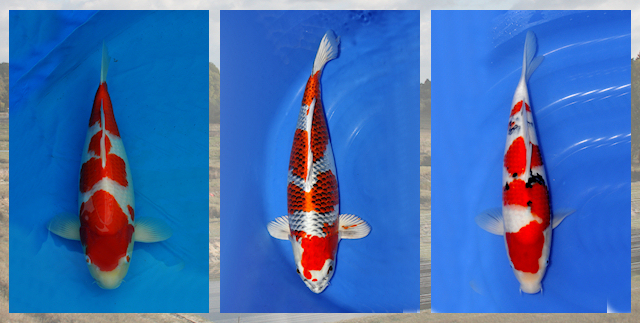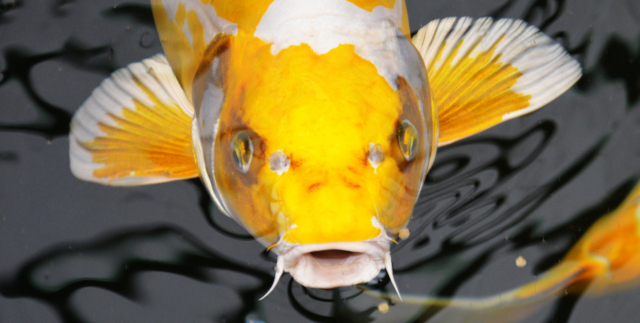Handling of Koi after transport
You must understand that when transporting the koi there is always some risk. We routinely check our fish for parasites and bacterial infections before they leave the farm,however, there is no guarantee that a problem may still occur at some point. You should always keep a very close eye on any new Koi purchased, especially in the first few days after arrival.
When they are delivered to you, it is important to make sure the water temperature in your pond / quarantine set-up is the similar to the temperature the koi have in the bag when they arrive. This prevents unnecessary stress.
We recommend that the Koi are kept in a quarantine set-up initially because they are much easier to observe there. We understand that this is not always possible, but we would like to point out that this is our preferred option.
Handling and management of your koi.
It is extremely important to check your quarantine every day or to closely monitor the pond containing the new fish. In the quarantine tanks , be careful to monitor any water quality issues, particularly rising Ammonia levels. There are suitable test kits available that can measure this important parameter. Ammonia is the most important water parameter and is often underestimated. Particularly with smaller fish, a high ammonia level is usually the cause of sickness and can lead to dead fish.
Excessive ammonia levels are extremely damaging to the gill tissue of the fish, so it should not be overlooked and should be measured daily. Failure to do this, allowing the ammonia to get too high, can cause great damage and lead to possible losses to your fish. It is therefore important to check the ammonia and nitrite values. To avoid nitrite damage to fish and also to relieve the pressure on the osmosis control system, we recommend adding 3 kg of pond salt per 1000 liters of water to your quarantine tank.
